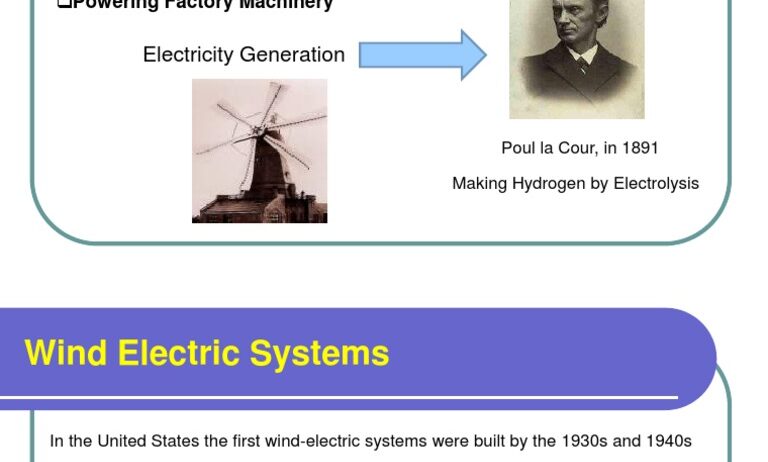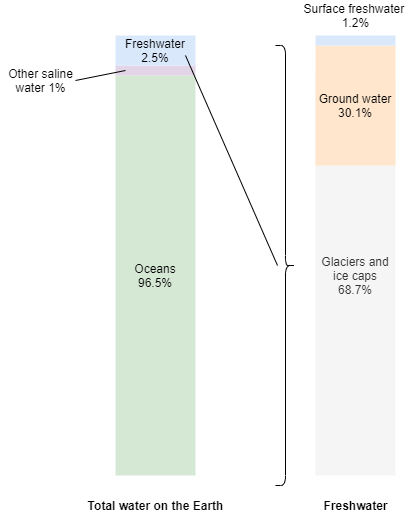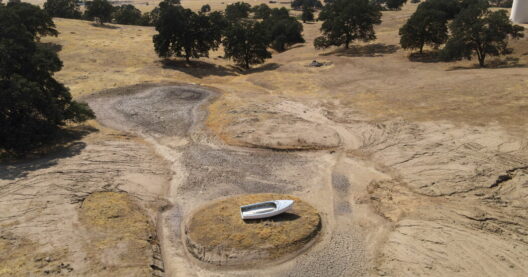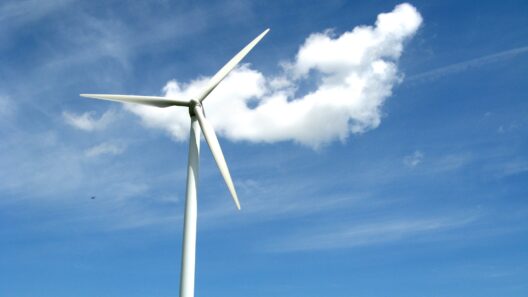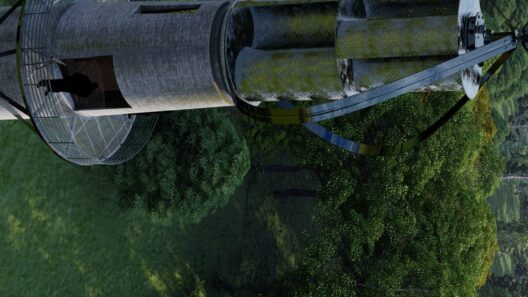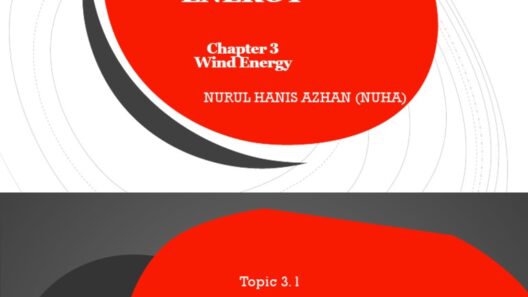Wind energy, a renewable resource that harnesses the natural movement of air, has its origins deeply rooted in the ancient practices of humanity. As civilization advanced, so too did the methods for utilizing this inexhaustible energy source. Understanding the timeline of wind energy reveals a compelling narrative, depicting a journey from primitive mechanisms to the sophisticated technology we see today.
Tracing the origins of wind power unveils a fascinating tapestry woven with innovation, adaptation, and sustainability. Various cultures across the globe have contributed to the evolution of wind energy. This article examines the historical milestones in the development of wind power, the distinct types of wind energy technologies, and the promising future that lies ahead.
Exploring Early Innovations in Wind Energy
The inception of wind energy utilization can be traced back to ancient civilizations. The earliest records suggest that wind was harnessed as a formidable force for navigation and agriculture. The ancient Egyptians, around 5000 BC, employed sailboats to navigate the Nile River, mastering the art of sailing long before the advent of modern engineering.
As humanity moved into the medieval era, the windmill emerged as a groundbreaking innovation. The first documented windmills appeared in Persia (modern-day Iran) around 500-900 AD. These vertical-axis windmills were ingeniously designed, featuring sails made from woven reeds that spun around a vertical shaft, converting kinetic energy into mechanical power. Notably, Persian windmills were utilized for a range of applications, from grinding grain to irrigation, highlighting their versatility and utility in agrarian societies.
Across Europe, the concept of wind energy proliferated during the 12th century, particularly in the Netherlands and England. The invention of the post mill, characterized by a rotatable cap, marked a significant advancement. This design allowed the mill to be rotated to face changing wind directions, thus optimizing its efficiency. The windmill became a symbol of the agricultural revolution, demonstrating how renewable energy could stimulate economic growth and social change.
Evolution of Wind Turbines: From Mills to Modern Technology
The 19th century ushered in a new era for wind energy with the inception of the electrical wind turbine. While windmills primarily served mechanical functions, the fascination with electricity, ignited by discoveries such as the dynamo, prompted inventors to experiment further. In 1888, Charles F. Brush constructed one of the first wind turbines capable of generating electricity in Cleveland, Ohio. This invention laid the groundwork for the modern wind energy sector, showcasing the versatility of wind as a source of clean energy.
The advent of the 20th century saw wind energy experience a renaissance. The development of larger, more efficient horizontal-axis wind turbines became prominent during the 1970s energy crisis. As oil prices soared, the search for alternative energy sources intensified, leading to significant investments in wind technology. Countries like Denmark embraced wind energy, resulting in the establishment of wind farms that harnessed vast amounts of potential energy from the atmosphere.
Today’s wind turbines are a marvel of engineering. Using sophisticated computer software and materials science innovations, modern turbines are designed to optimize energy capture and minimize environmental impact. Onshore and offshore wind farms represent two distinct veins of this technology, with offshore farms typically boasting larger turbines due to the advantageous wind patterns and reduced land-use conflicts.
Types of Wind Energy Technologies
While wind energy is often generalized, it incorporates various technologies tailored to specific needs and environments. Understanding these distinctions is vital for appreciating how wind energy is implemented globally.
Onshore Wind Turbines
Onshore wind turbines dominate the landscape of many countries. These installations are characterized by numerous turbines clustered together, capturing the wind as it sweeps over land. By far, onshore wind farms are easier and less costly to construct than their offshore counterparts, making them a preferable choice for many regions. They can be strategically placed in rural areas, converting previously underutilized land into productive energy-generating zones.
Offshore Wind Farms
Offshore wind farms take advantage of the potent winds found at sea. These turbines are mounted on platforms anchored to the seabed, allowing for larger turbines to be deployed due to the absence of spatial limitations imposed by land. Offshore facility designs strive to mitigate environmental impacts and have the potential to produce significantly more energy compared to onshore counterparts due to the generally higher wind speeds and consistent wind patterns over water.
Small-Scale Wind Systems
While large-scale wind farms tend to dominate conversations about wind energy, small-scale wind systems also play a significant role. These systems, often implemented in residential, commercial, or agricultural settings, provide localized installations that contribute to energy independence. Typically, small wind turbines generate enough electricity to meet individual or small community needs, emphasizing sustainability and resilience.
Looking Toward a Sustainable Future
As concerns over climate change and energy security grow, the importance of wind energy has never been more pronounced. The advantages of wind power include its renewable nature, reduced greenhouse gas emissions, and potential for job creation within the green energy sector. The continued investment in research, innovation, and policy development will help ensure that wind energy remains a viable solution for future energy needs.
In conclusion, tracing the origins of wind energy reveals a rich history interwoven with human ingenuity and adaptation. From the ancient sails of seafaring vessels to the cutting-edge wind farms of today, wind energy continues to evolve, shaping sustainable practices and promoting environmental harmony. As we forge ahead, embracing the potential of wind energy can provide a pathway toward a more sustainable future.


